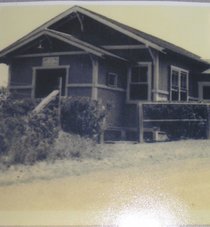 Niuli'i Church. Original lu'au site
Niuli'i Church. Original lu'au site The first Hawi Christmas Lu‛au was held at the original church site in Niuli‛i, just past Keokea Road on the left, which featured a gym as well as a chapel. “The church always had a lot of activities dances, sports and all that. I came back here and became the branch President in the 60ʻs and they already had the lu‛au going,” says George Hook.
The Christmas Lu‛au was a time of inclusion and connection. Although plantation life at Niuli‛i was organized around various ethnic camps, the preparations and the events leading up to it brought people out with offerings of aloha. “My dad was telling me before when they had all those different ethnic camps, they would go from camp to camp and it was just a celebration of different traditions. He used to go with Elmer Lim and they would serenade all the different camps. My dad would dress up in one pāpale hat and he would take one of my gram’s mu‛umu‛u and he would sing and dance,” says Gwen (Tita) Sanchez, daughter of Armstrong Yamamoto.
When plantation life changed, so did the location of the church and the lu‛au. “It had to do with the transition of plantation camps. They used to have camps all over Kohala and then they were moving it out to subdivisions by the main road - Kinerseley, Hala‛ula. Everybody was moving away from Niuli‛i,” says George.
The community needed a new center and Bill Sproat decided to do something about it. “Bill went to the manager of Kohala Sugar Company, at that time it was Mr. Sterns, to propose a deal that would give the Mormon church the gym (now True Value Hardware) and the property around it,” says George. “Because of the faithfulness and the quality of the LDS workers at that time the management decided to give the church the gym and all the surrounding property for a really good price,” he adds. That was in 1961 and by 1963 a new chapel had been built and dedicated.
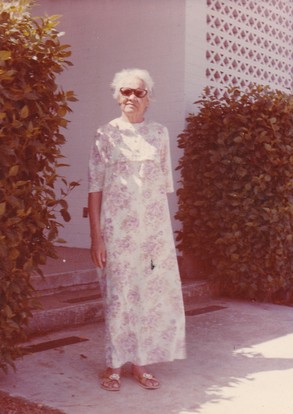 Aunty Agnes Aniu
Aunty Agnes Aniu There was more happening than just food preparation. The lu‛au food came from the land and the knowledge and traditions of the kūpuna. “It's a good time to pass on tradition. The Hawaiian way of teaching is to do. They learn to bond with older people by being there,” says Uncle Earl Veloria, retired Kohala teacher and basketball coach.
Armstrong Yamamoto and his wife Gwendolyn took care of some of the essentials such as laulau and the imu. “I remember when it was in Niuli‛i in the chapel and my dad, Armstrong Yamamoto, telling us that he learned to make the laulau from his grandfather, Solomon Kapeliela. Before they didnʻt have string or put it in foil so you learn the old way. He would show us how to tie it in. One day, he was given the assignment to do it. His grandfather and his brother came and tried it and said, ‘Okay. It was good’. It had to pass them before it could go out,” says Gwen
Agnes Aniu was the maven of Kulolo. “This is something that was so remarkable about this lady. We would make so much of it that they would be in #3 galvanized tubs. She would go from one tub to the other and take a sample and say, ʻOh, this one needs one cup of sugar.ʻ Then sheʻd go to the next one, ʻOh, this one needs one cup of honey.ʻ How she came to that, I donʻt know, but when it was cooked, it was all delicious. She had a touch. Her own way of identifying and tasting,” says George.
For lu‛au, according to Earl Veloria, “You need pork and you need poi.” The pork was often supplied by the Sproats who monitored the beach trail where the pigs tended to run.
The poi was cooked in large drums and ground up several days before the lu‛au. “The bakatade brand stays fresh tasting for days before. Most Hawaiians like it a little bit sour. Itʻs an acquired taste,” says Earl.
When the taro was harvested the lu‛au leaf tops could then be used for laulau. “Sometimes we had chicken laulau. They cut up whole chickens so you couldnʻt just put it in your mouth without the other hand pulling out bones. No Tyson store bought chickens,” says Earl.
Along with being the “captain” of the imu, Armstrong harvested the opai. “My father would go up in the mountain in the stream and they would catch the opai in nets. He had the eye to see it and we couldnʻt even see it,” says Gwen. “Mom cooked the crab, the opi‛i and the opai with garlic and Hawaiian salt,” she added.
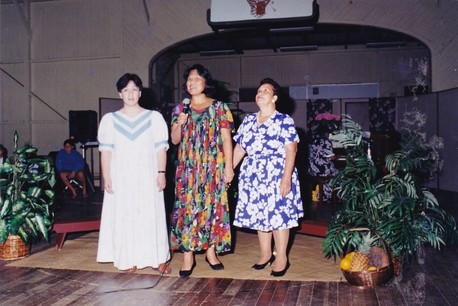 Almost every family had some entertainment to share.
Almost every family had some entertainment to share. “The cooking took place right here. Right in the back of the chapel here. I used to like that because weʻd stay up all night and talk story. All the different things about parents, grandparents and all the different Hawaiian traditions would come out,” says George.
The lu‛au leaf stems were chopped and cooked up for a late night snack. “They would cook the lu‛au leaf stems and make kind of a stew. They knew that the laulau would be cooking all night so they would come and sit and visit and that little ono food was there for the work men. Then they had hot water for Hawaiian tea and cocoa,” says Audrey.
Final Preparations as Family and Friends Gather
The spirit of the Hawi Christmas Lu‛au calls absent family and friends home. “It was the coming home to what we remembered. The excitement of knowing that your friends, your cousins are all working together. I remember carrying the pakini on the stairway going into the gym and laughing,” says Gwen. “It was a gathering of everyone,” she adds.
All those away from home organized their lives by the lu‛au, not wanting to miss the chance to reconnect, infusing them with aloha for the next year. “The families would schedule to be here at that time. Wherever they were, they would try to figure out how to get home for Christmas. The true gift was the interactions and the stories that made you feel part of something, that you belonged,” says Audrey.
Like the food preparation, folks made use of resources at hand for decorations. Someone cut a tree that was decorated with whatever could be found. Maybe tinsel one year and chains and popcorn. The tables were constructed using the gym’s bleachers placed on horses.
The center of the tables were adorned with ti leaf, ferns, plumeria and ginger. “Ti leaf with fern evolved over the years and we started looking around the community and worked with what we had. Anything we had. Mac nut leaves, pine cones, pine tree branches. One year Jenny Cheesbro crocheted little ornaments,” says Audrey.
It wouldn’t be a lu‛au without music and so a stage was added to the preparations. “The stage had a platform, steps up the side, curtains and bamboo and banana for backdrop,” says Audrey. “Every family presented a number and when they started everybody got inspired and it just kept going,” she adds. Inspiration came easy with the plethora of musical families from Kohala: The Lim’s, Poli‛ahu’s, Kupuka‛a, Pule’s, Sproat’s and Manuel Kapeliela.
And it wouldn’t be Christmas without Santa. “They would sing to invite him to arrive. Sometimes Jingle Bells five times and then they would hear the bell. The Santa suit was worn every year and whoever helped Santa with it, had to do a little make up work. Maybe it was too long and it was starting to fray or maybe it needed a wash. No matter,” said Audrey. “The gifts were simple in a brown bag. Candies from Nakaharaʻs and maybe a tangerine,” she adds.
People brought their specialties to share. Jenny Chesebro made red, green, blue haupio. “Mary Ann Lim, would make her Lincoln pudding. It was a recipe her family kept for years and years,” says George. “You could know the ingredients but you wouldnʻt know the special touch that was in it. Family secret,” adds Earl. “And then all the mea ono, from the people who made them good. You had the Filipino noodles and Japanese sushi, Chinese red pork,” says Audrey.
Two years ago Lehua Ah Sam, then Programs Director of the Kohala Village Hub, decided to bring back the lu‛au. “I knew that we needed an event to "friend-raise" in the community so I went to talk with our grandfather Henry Ah Sam. He suggested to me that I look into the Christmas Lu‛au, a fond memory of his as a child growing up. Our first Christmas Lu‛au was successful because all the community groups came together.
Much like the previous lu‛au, the Christmas Lu‛au at the Hub is a showcase of year-long endeavors and community activities and includes Hawaiian music, hula and an array of crafts. “It’s an event that brings our Kohala community together. The event was a huge success. We plan to continue to work with our community to throw a wonderful holiday event, celebrating those things that make Kohala, Kohala.
This year’s lu‛au will be held on Sunday, Dec.18 from 5:30 til pau. Tickets can be purchased ahead of time at the Hub.
The Stories Don’t End Here
The Hawi Christmas Lu‛au took place for more than 50 years and there are so many stories to tell. In meeting with Aunty Audrey, Uncle Earl, Uncle George Hook and Gwen Yamamoto, I realized that we were just getting the very tip of a root that goes very deep. We hope to continue with a gathering of stories to create an oral history of this very special event.
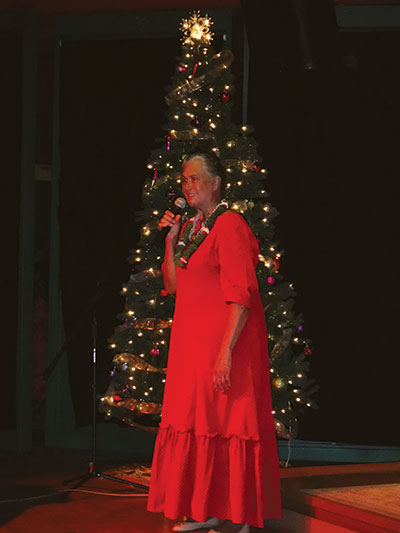
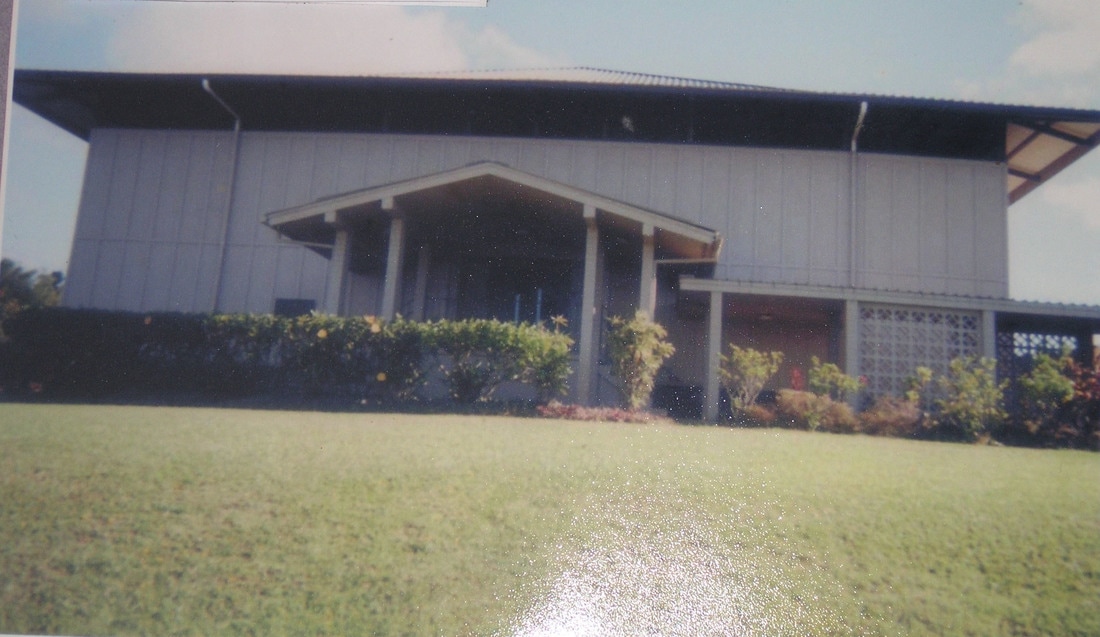
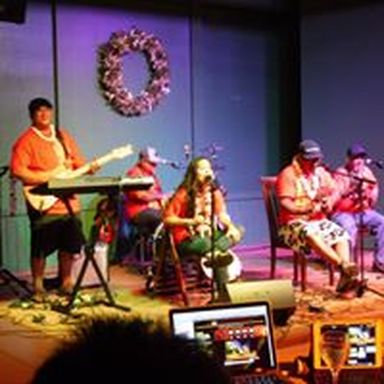
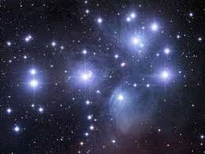
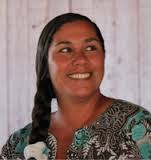

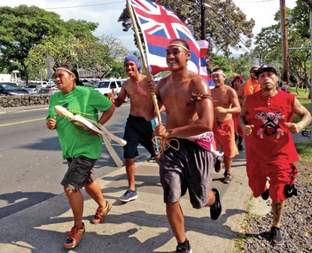
 RSS Feed
RSS Feed
